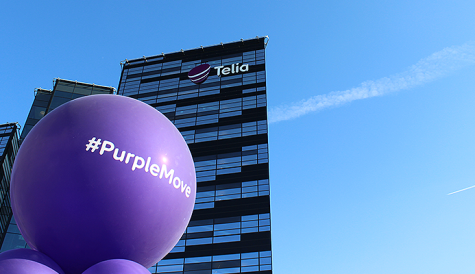4G interference could affect fewer Freeview homes than expected
 Interference to UK digital-terrestrial service Freeview from 4G networks could affect fewer households than expected, according to results of the initial live test of households, carried out by at800, the group set up to ensure that 4G interference does not disrupt DTT broadcasts.
Interference to UK digital-terrestrial service Freeview from 4G networks could affect fewer households than expected, according to results of the initial live test of households, carried out by at800, the group set up to ensure that 4G interference does not disrupt DTT broadcasts.
Fifteen households in the test area around Cradley Heath and Rowley Regis in the West Midlands reported interference problems from 4G tests in the 800MHz frequency range. However, at800’s forecasting model had predicted 120 households would be affected.
Approximately 22,000 homes surrounding the 4G at 800 MHz masts were sent information in advance of the testing asking them to contact at800 if they experienced problems with Freeview. Over 100 calls were logged and professional aerial installers, as well as TV signal experts from at800, the BBC and Ofcom, visited locations that reported problems to verify their cause.
All problems that could be attributed to 4G interference were in TV systems with signal amplifiers, either in multiple dwelling units or in homes where the amplifier was attached to the aerial. These problems were resolved when a filter that blocs 4G signals at 800MHz was installed, according to at800.
The initial test will be followed by a second phase of testing in urban areas and will cover a larger number of addresses.
Simon Beresford-Wylie, chief executive of at800, said “This was a useful, small-scale, test. We’ll now improve our forecast model and look at the approach we use to tackle the issues we’ve seen. Further extensive evaluation will occur during April and May as masts are switched on for tests across larger urban areas.”



